Shawnm Abdullah Mohammad lost two young children – a two-year-old daughter and a one-year-old son – and five siblings in the chemical attack on the Kurdish city of Halabja by Saddam Hussein’s forces on March 16, 1988.
Shawnm recounted her story to Kurdistan Chronicle, detailing how she was rushed to a hospital in Sulaymaniyah two days before the attack due to pregnancy complications. She left her children with her sisters and brothers. On March 15, the day before the chemical attack, she heard rumors inside the hospital that the Iraqi army was gathering to attack Halabja. However, she never imagined the Iraqi regime would resort to chemical weapons.
“I spent the worst night of my life at the hospital,” Shawnm said. “The whole night I was thinking about my two kids, who I had left in Halabja, as well as my sisters and brothers.”
On the day of the attack, Shawnm gave birth. She witnessed a large number of Iraqi military helicopters and warplanes flying towards Halabja from Sulaymaniyah. “I was weak, lost, and hopeless. I could not do anything on that day,” she said.
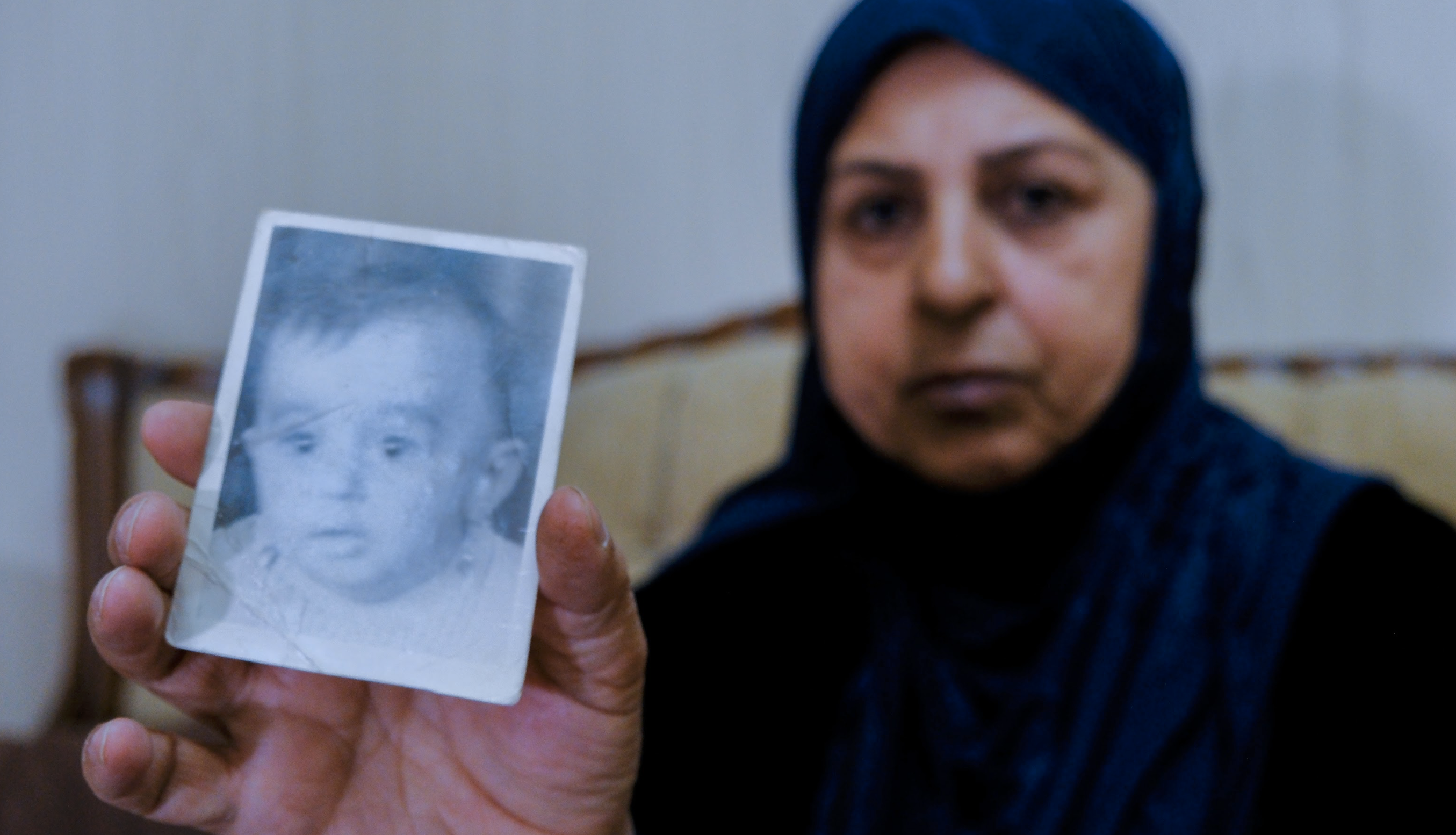
Since the attack Shawnm has been searching for her lost loved ones. Since that day, she has had no information on the whereabouts of her children and siblings. They have simply vanished.
Some of the children in Halabja were taken to Iran and adopted by Iranian families. Shawnm traveled to Iran three times to search for her children, hoping they might be among those adopted. Unfortunately, her efforts have so far been unsuccessful.
On one occasion, she was shown a cemetery in Kermanshah, Iran, and told that all the people buried there were from Halabja. However, with no way to identify the graves, she has no idea if any of them contain the remains of her children.
March 2024 marks the 36th anniversary of the chemical attack on Halabja and the 21st anniversary of the overthrow of Saddam Hussein’s regime by the U.S.-led coalition forces in 2003.
The Halabja chemical attack occurred between March 15-19, 1988, during the Iran-Iraq War. Iraqi government forces used chemical weapons against the city, killing 5,000 people – half of them children – and wounding many hundreds more.
The wounded people are still suffering from the long-term effects of the attack. Some are paralyzed for life, while others suffer from chronic coughing and other health problems. They are essentially living a slow death.
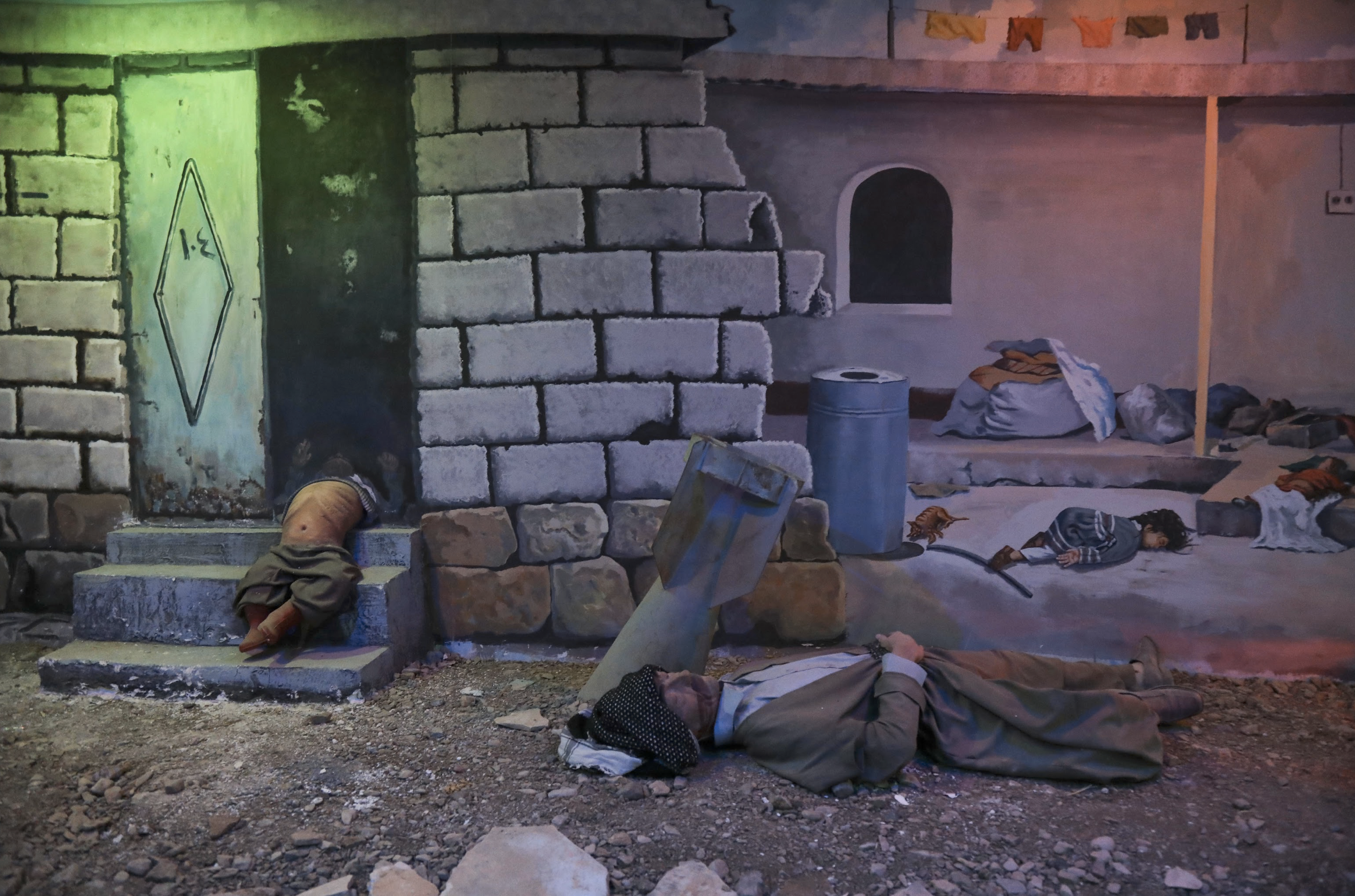
In 2018, Shawnm established a non-profit organization to help locate the children of Halabja who have been missing since the attack. There are 74 families from Halabja who are still searching for their children. A total of 211 children are unaccounted for, with only 18 having been found so far.
Shawnm emphasizes the need for a DNA testing laboratory in the Kurdistan Region. This would allow for matching the DNA of those who claim to be from Halabja with the DNA of the families who are still searching for their children after 36 years. Unfortunately, such a lab does not currently exist in the Kurdistan Region, making the situation even more difficult for these families.
Shawnm recently attended a conference held in Erbil, the capital of the Kurdistan Region, entitled From Genocide to Life. She argued that such conferences should be held in Baghdad to educate Iraqi officials about the genocides and suffering endured by the Kurdish people.

A few years ago, Shawnm was invited to a government meeting in Baghdad. She attempted to speak about the Halabja genocide as a mother who had lost two children. However, she was met with resistance and told that the Halabja genocide was in the past and there was no need to discuss it.
“I became angry,” Shawnm said. “I told them that maybe it is the past for you, but for us Kurds, it will never be in the past because we are still living with this pain.”
She added that the Iraqi government has done nothing to compensate the city and people of Halabja for the devastation they suffered.
She concluded that Kurds are still facing genocide every day in Iran and Turkey, where Kurdish civilians are targeted by missiles and drones only because they are Kurds.
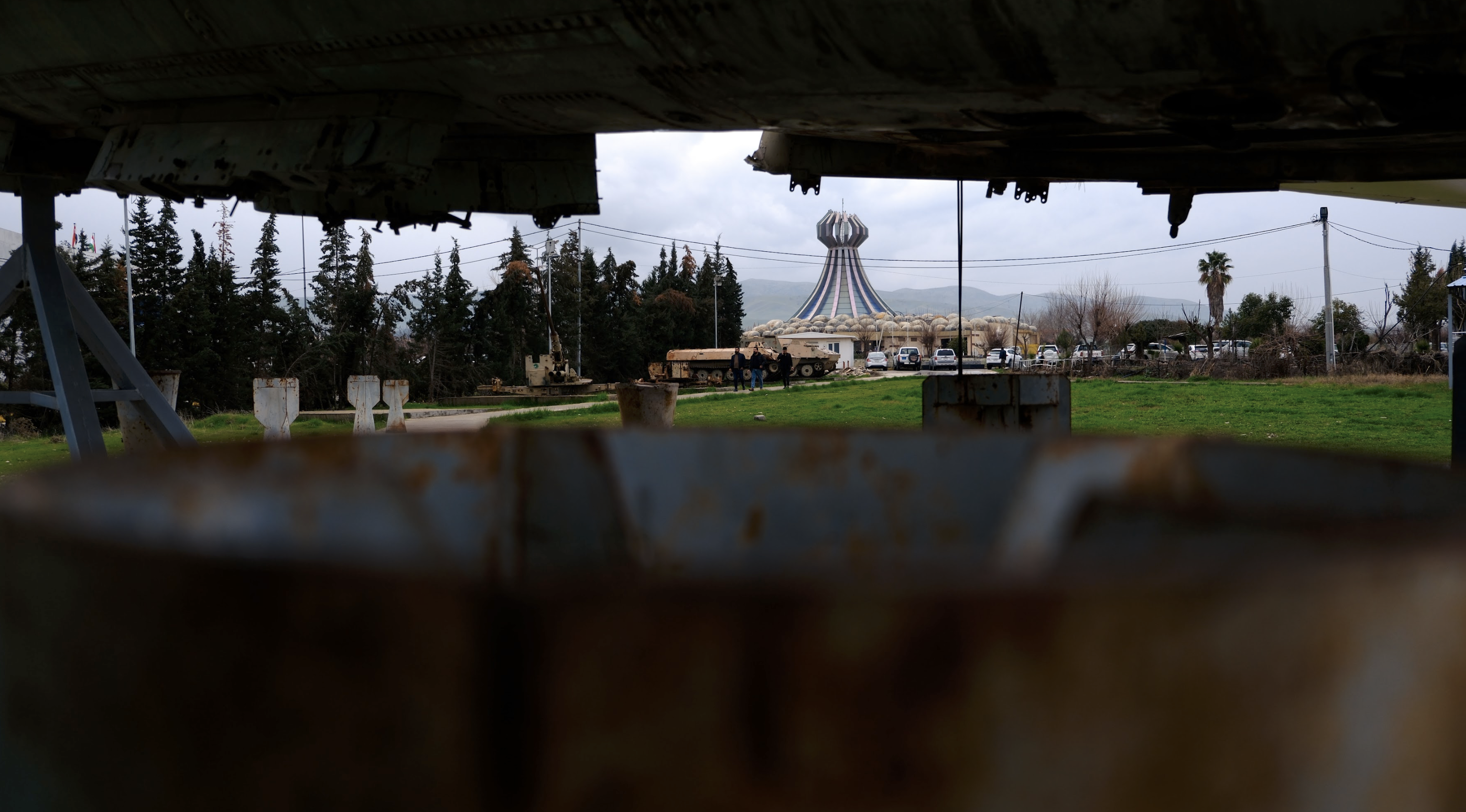
Survivors seek justice from chemical suppliers
Ayad Ismail, a prominent lawyer in both Kurdish genocide cases at the Iraqi High Tribunal and the case seeking compensation for victims of the Halabja chemical attack, announced that his team has compiled considerable evidence against German, French, and Dutch companies that allegedly supplied Saddam Hussein’s regime with the chemical materials and formulas necessary to produce chemical weapons.
“We have gathered enough evidence,” Ismail declared, “and we will soon publish it in a book.”
He firmly believes these foreign corporations were fully aware that the Iraqi government was not purchasing these chemicals for agricultural purposes. The extreme secrecy surrounding these deals, Ismail argues, exposes their true purpose: the production of chemical weapons.
The lawyer expressed a deep sense of shame when visiting Halabja and meeting with the families of the attack’s victims. “Not enough has been done to alleviate their suffering,” he lamented.
Ismail further criticized the Iraqi government for its inaction in searching for the children who went missing during the attack. He underscored the vast number of people involved in the Halabja tragedy, including those who ordered the attack and the companies that aided Saddam in acquiring the chemical weapons. Yet, Ismail pointed out, only four suspects have been detained since Saddam’s fall.
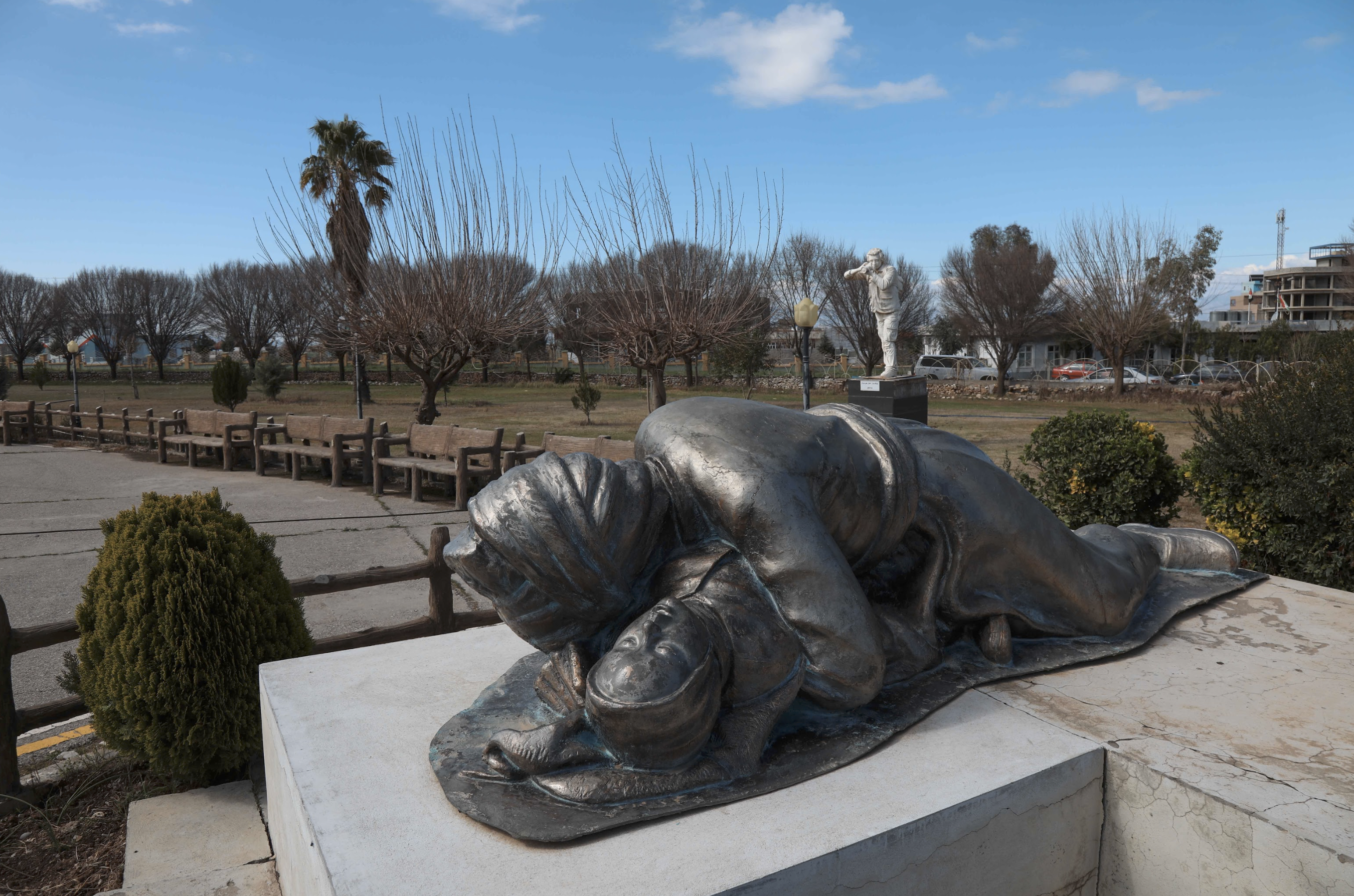
To prevent future genocides
Speaking at the From Genocide to Life conference, Dr. A.R. Sriskanda Rajah, a scholar of Tamil origin, shed light on the parallels between the Kurdish struggle for self-determination and the fight for Tamil rights in Sri Lanka. Both minority groups, the Kurds and the Tamils, have faced systematic oppression and violence at the hands of their respective governments.
Dr. Rajah was born in Sri Lanka but was forced to flee with his family in 1992, as the violent conflict between the Sri Lankan government and Tamil rebels escalated.
He emphasized the concept of biopolitics, a theoretical framework that examines how states attempt to regulate and control their populations. He argued that both the Iraqi and Sri Lankan governments have sought to create homogenous populations, viewing the distinct cultural identities of the Kurds and Tamils, respectively, as a threat that, according to Dr. Rajah, ultimately led to devastating consequences: “genocide at the extreme end.”
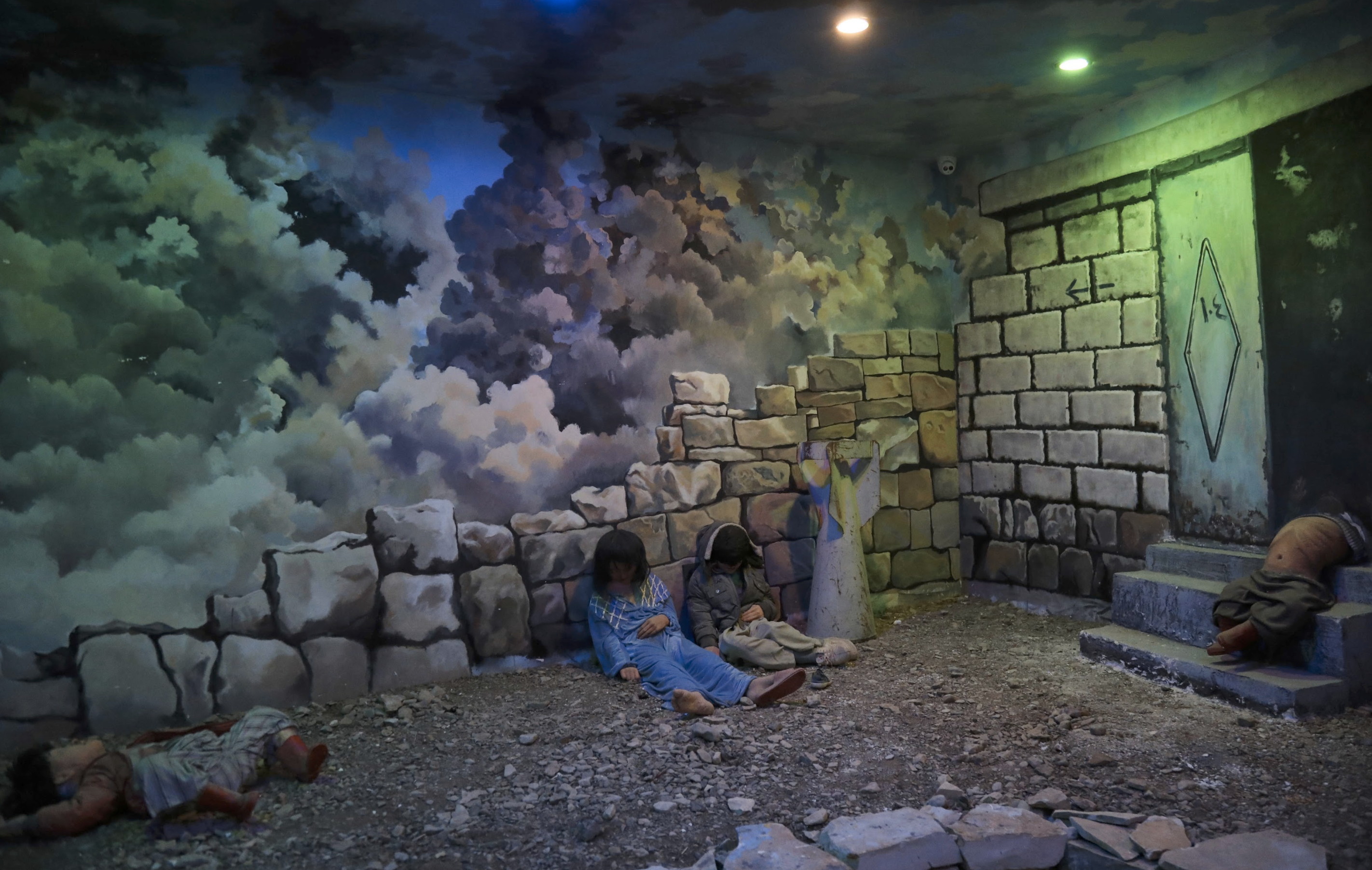
The chemical attack against the Kurds in Halabja was downplayed by the West at the time. Dr. Rajah told Kurdistan Chronicle that a similar pattern occurred in the Sri Lankan conflict, where the government’s brutal suppression of the Tamil people was largely ignored by the international community. He argues that this silence is not accidental, but rather a deliberate strategy, based on the West’s geopolitical interests.
He mentioned that the international community cannot promise that Kurds will not face another genocide in the future; the only assurance for the Kurds is to establish robust self-defense mechanisms, including a strong unified army and their own state.
Qassim Khidhir has 15 years of experience in journalism and media development in Iraq. He has contributed to both local and international media outlets.